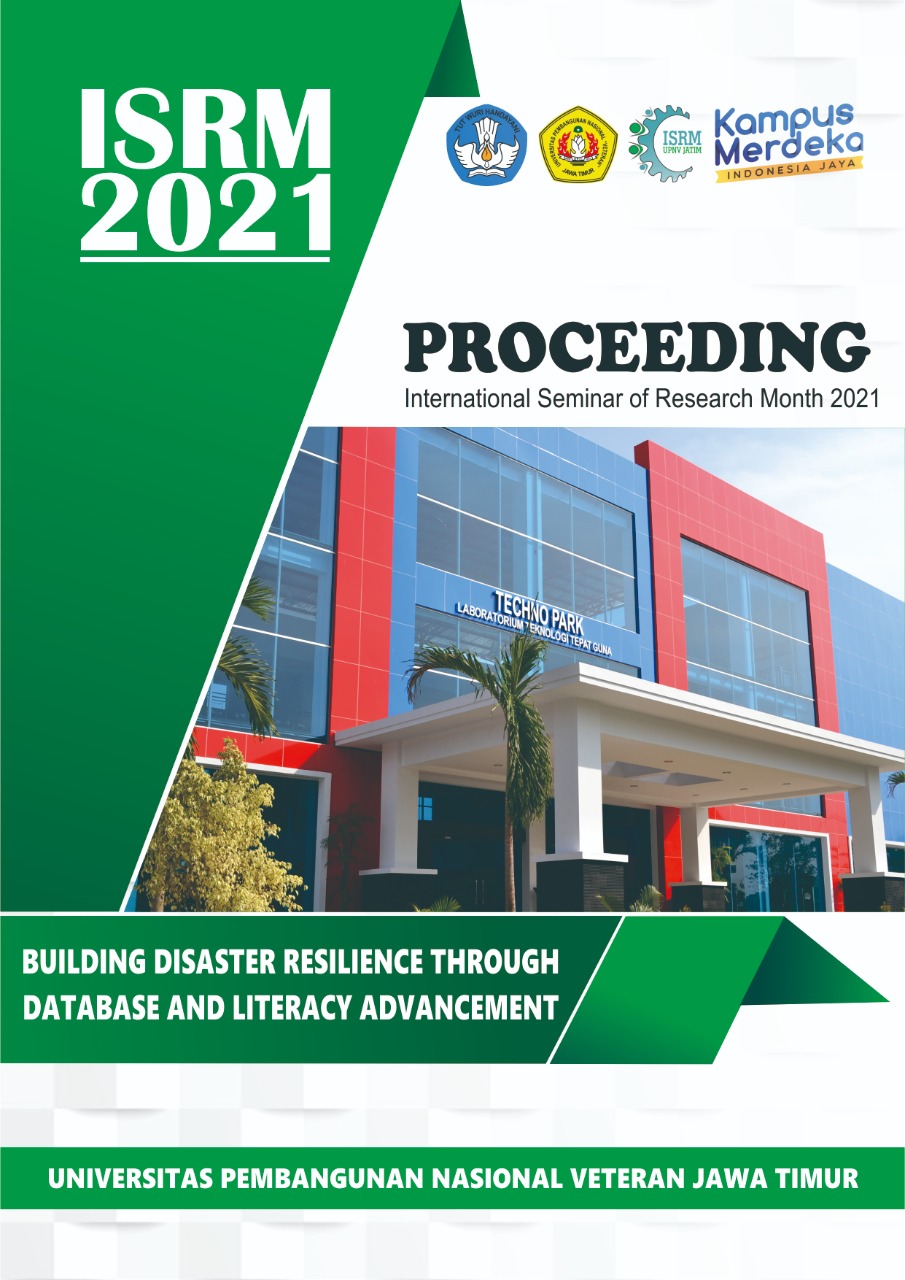The Performance of the Covid-19 Pneumonia Classification Machine using the Convolutional Neural Network Method with 5 Convolutional Layers
DOI:
https://doi.org/10.11594/nstp.2022.2438Keywords:
SARS-CoV-2, Covid-19 pneumonia, classification performance, convolutional neural networkAbstract
One health disorder that is categorized as a serious disease and can cause death is an inflamed lung condition, which is then called pneumonia. Each year, pneumonia infects about 450 million people (about 7% of the world's total population) and causes about 4 million deaths. The World Health Organization (WHO) in 2020 reported that this disease is the cause of 15% of deaths in children under 5 years old. In Indonesia, based on a report from the Indonesian Ministry of Health in 2018, the number of people experiencing health problems due to pneumonia is around 2%. The Covid-19 pandemic that has occurred since the beginning of 2020 has worsened this condition massively. The SARS-CoV-2 Corona Virus, which causes Covid-19, attacks the respiratory tract and infects the lungs, which then causes the lungs to become inflamed. Pneumonia due to COVID-19 is then known as Covid-19 Pneumonia. This research aims to detect COVID-19 pneumonia based on digital images obtained from the acquisition of lung objects from X-rays / x-rays of the lungs. The experimental process is carried out to classify the image of the lungs in normal conditions (no inflammation), experiencing inflammation due to the SARS-CoV-2 corona virus (covid-19 Pneumonia), or experiencing inflammation due to other factors (pneumonia). The classification approach used is the Convolutional Neural Network (CNN) method which uses a 5-layer convolution architecture with filter values of 16, 32, 64, 128, and 256. The experimental process uses 3900 images for the training process, 450 images for the validation process, and 225 images for the testing process. Based on the testing process that has been carried out, the performance of the Covid-19 Pneumonia classification resulted in an accuracy of 84.88%, a precision of 0.85, a recall of 0.84, and an f1 score of 0.85.
Downloads
Downloads
Published
Conference Proceedings Volume
Section
License
Copyright (c) 2022 Budi Nugroho, Eva Yulia Puspaningrum, M. Syahrul Munir

This work is licensed under a Creative Commons Attribution 4.0 International License.
Authors who publish with this proceedings agree to the following terms:
Authors retain copyright and grant the Nusantara Science and Technology Proceedings right of first publication with the work simultaneously licensed under a Creative Commons Attribution License that allows others to share the work with an acknowledgement of the work's authorship and initial publication in this proceeding.
Authors are able to enter into separate, additional contractual arrangements for the non-exclusive distribution of the proceedings published version of the work (e.g., post it to an institutional repository or publish it in a book), with an acknowledgement of its initial publication in this proceeding.
Authors are permitted and encouraged to post their work online (e.g., in institutional repositories or on their website) prior to and during the submission process, as it can lead to productive exchanges, as well as earlier and greater citation of published work (See the Effect of Open Access).














